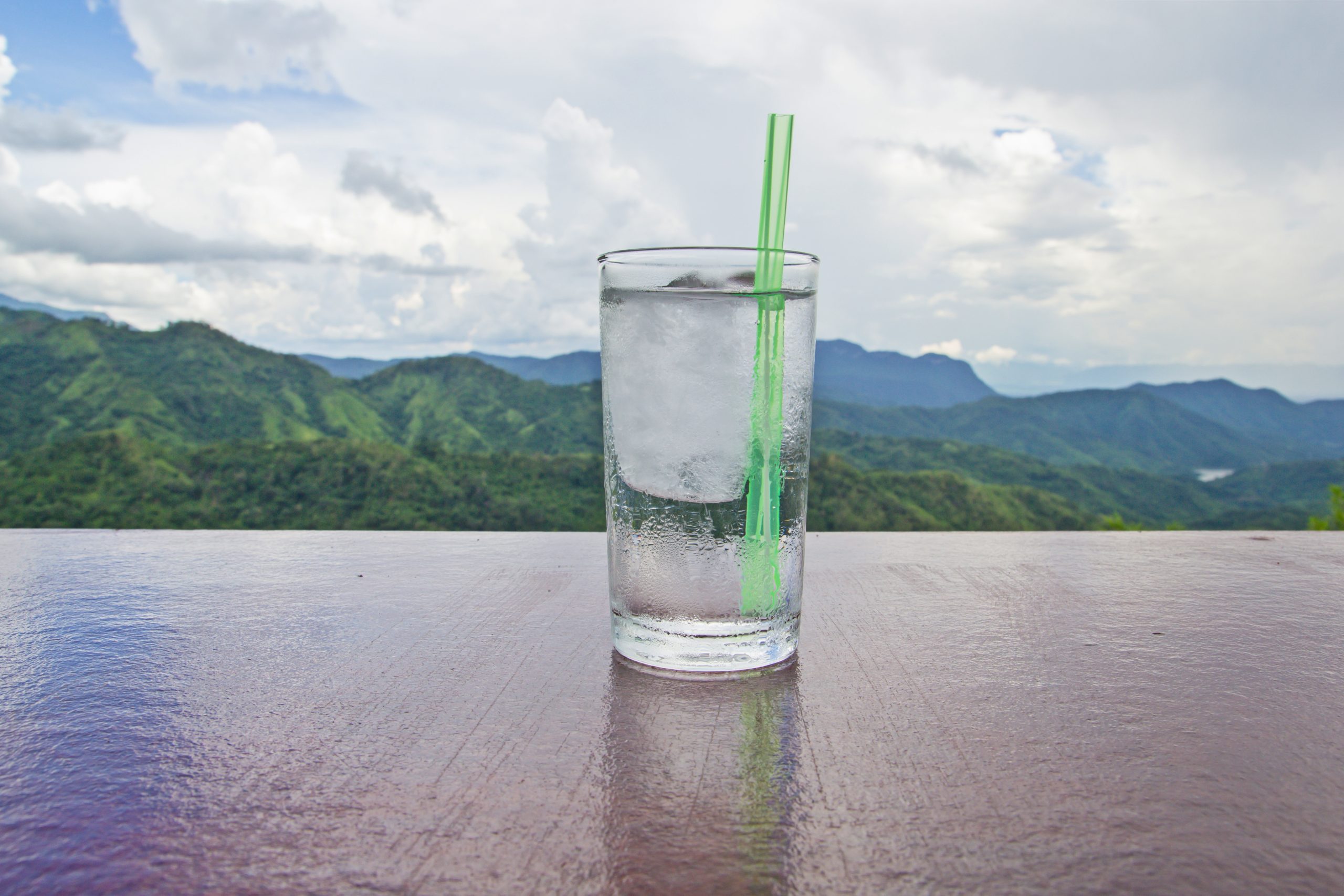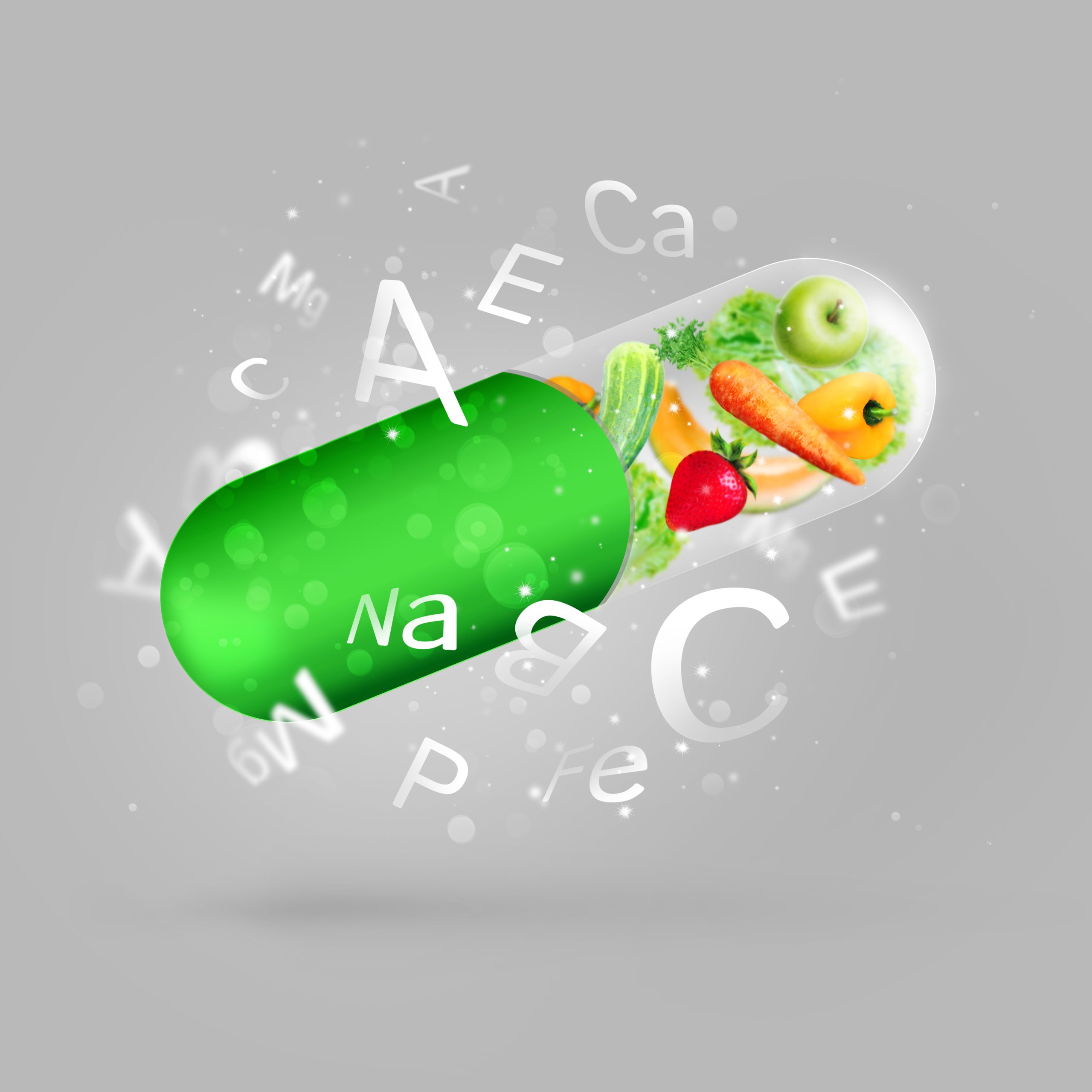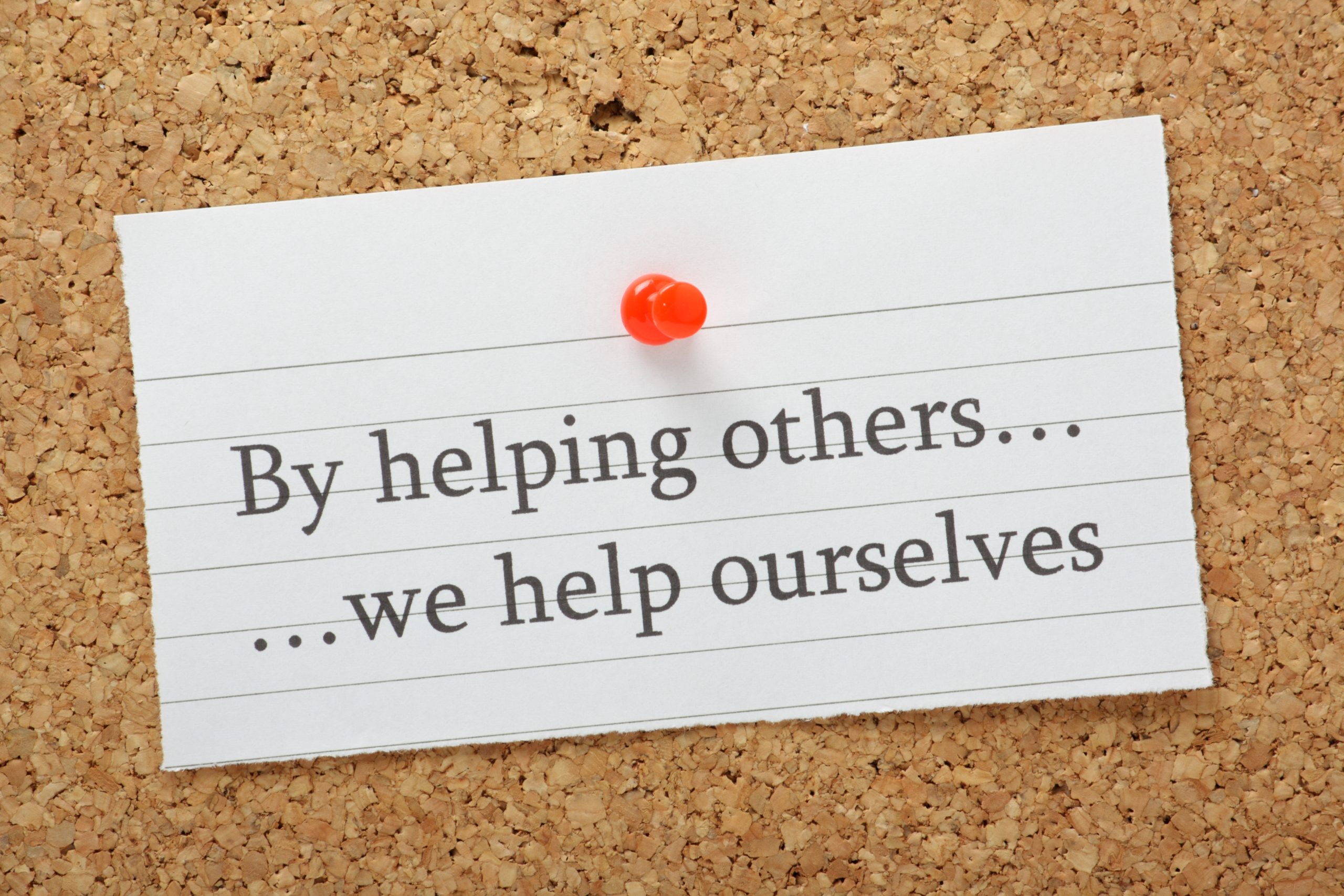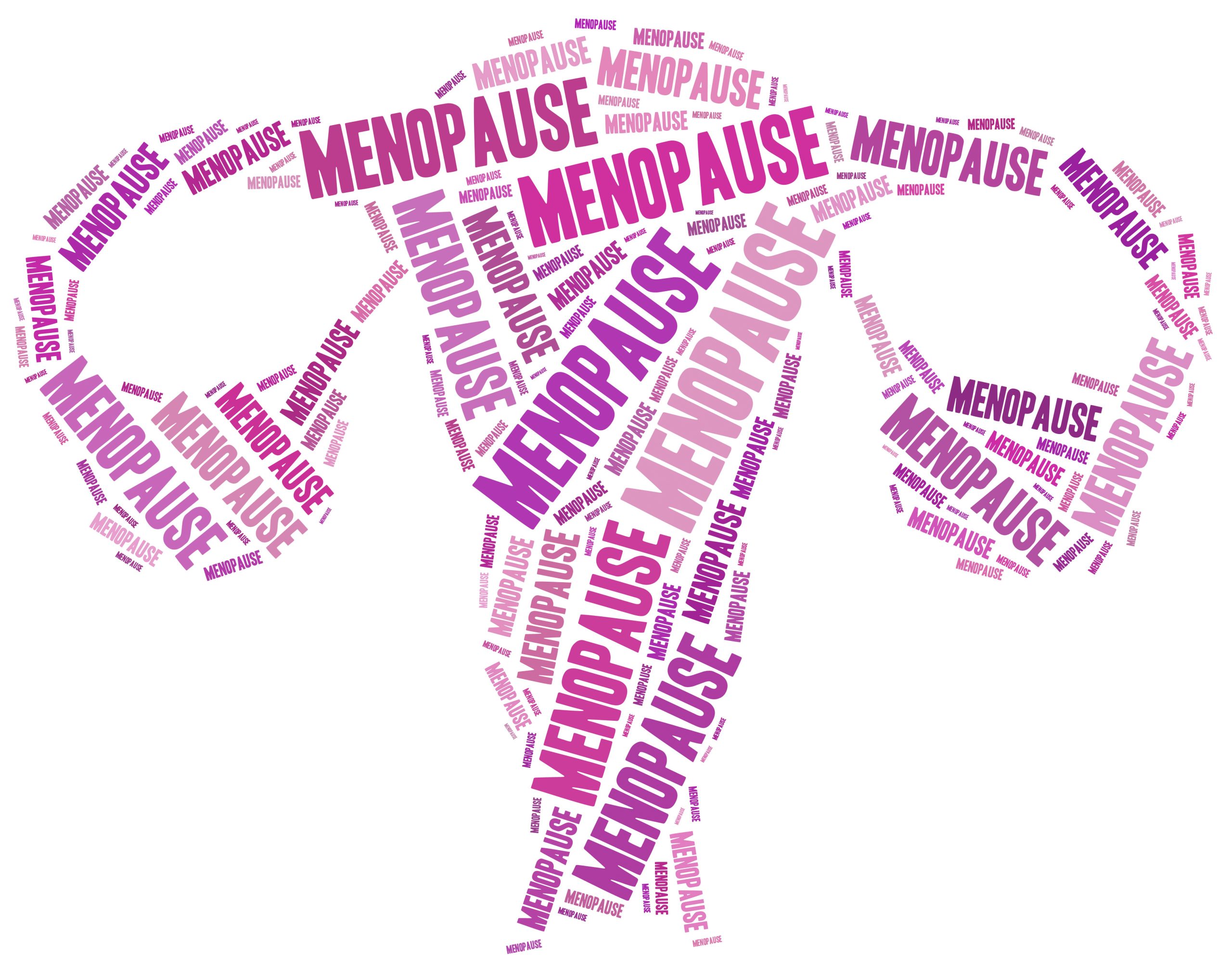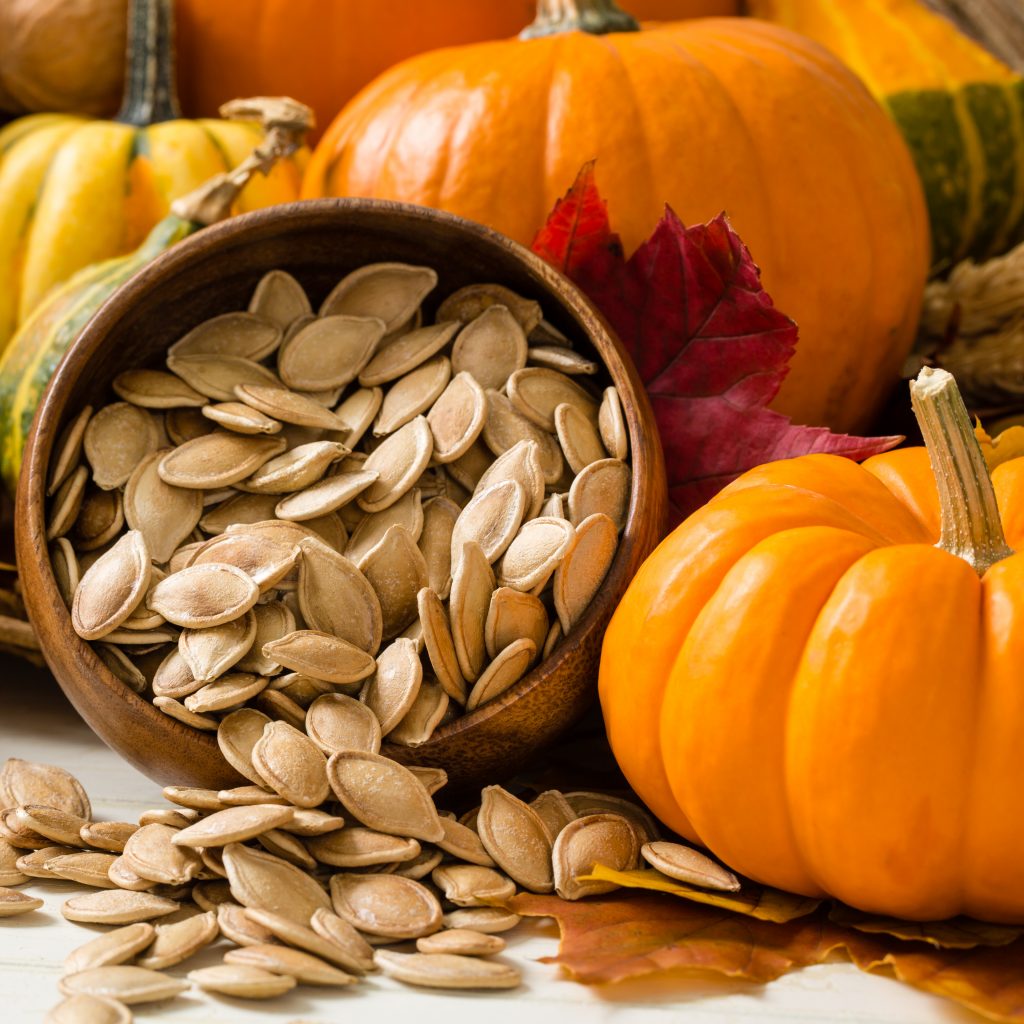What is Red Light Therapy
Red light therapy is a type of treatment that uses low levels of red or near-infrared light to treat skin, muscle and other parts of the body. You may have also heard it been called Low-level laser therapy (LLLT) or low-power laser therapy (LPLT) and photobiomodulation (PBM).
When you are exposed to this light that is not seen but felt as heat, the mitochondria (power generators of your cells) absorb it and makes more energy. This energy boost energizes cells, creating a ripple effect: as individual cells work better, they improve the functioning of various bodily systems that work together to support healing.
Red light activates stem cells in the bone marrow, which causes the cells to mobilize to the site of the injury. This is important because emerging cells take cues from their neighbors; if new cells take on the characteristics of damaged cells, then they will function as damaged cells. Sending in healthy cells is required to “teach” the emerging cells to adopt the desired characteristics of healthy cells.
The History of Light Therapy
Using light as healing therapy has a long history that dates back to ancient times when they used the sun’s healing rays. Throughout history we can find examples of light being used in different forms to heal the body and even grow plants in outer space! So, it should come as no surprise that it’s now used in a wide variety of practices across various sectors of professions. You can now purchase home devices as well.
Some Uses for Red Light Therapy
- Dementia: In one small study, people with dementia who got regular near-infrared light therapy on their heads and through their noses for 12 weeks had better memories, slept better, and were angry less often.
- Dental pain. In another small study, people with temporomandibular dysfunction syndrome had less pain, clicking, and jaw tenderness after red light therapy.
- Hair Loss. One study found that men and women with androgenetic alopecia (a genetic disorder that causes hair loss) who used an at-home RLT device for 24 weeks grew thicker hair. People in the study who used a fake RLT device didn’t get the same results.
- Osteoarthritis: One study found red and infrared light therapy cut osteoarthritis-related pain by more than 50%. https://pubmed.ncbi.nlm.nih.gov/1727843/
- Tendonitis. A very small study of 7 people suggests RLT lessens inflammation and pain in people with Achilles’ tendinitis.
- Wrinkles and other signs of skin aging and skin damage. Research shows RLT may smooth your skin and help with wrinkles. RLT also helps with acne scars, burns and signs of UV sun damage. Red light simulates normal functioning in fibroblasts, the cells responsible for collagen and elastin synthesis. Increasing fibroblast proliferation increases and normalizes collagen and elastin production.
- Boosting the circulatory system (blood) and the lymphatic system (lymph) supports proper healing. According to a 2017 study by Austrian researchers, red light promotes the proliferationof endothelial cells, which make up capillaries in both the cardiovascular and lymphatic systems.
 What Are the Risks?
What Are the Risks?
Red light therapy is generally considered safe, even though researchers aren’t exactly sure how and why it works. And there are no set rules on how much light to use. Too much light may damage skin tissue, but too little might not work as well. However, you can find more information on dosing by clicking here https://redlightman.com/blog/complete-guide-light-therapy-dosing/
Where Can You Find It?
It’s usually done in a doctor’s office. But some salons, dental offices and other healthcare practitioners have it, too. You can also buy your own red light therapy device. Do you research before choosing the right option for you and always contact a health care professional.
https://www.webmd.com/skin-problems-and-treatments/red-light-therapy
https://www.ncbi.nlm.nih.gov/pmc/articles/PMC3926176/
https://docs.google.com/spreadsheets/d/1ZKl5Me4XwPj4YgJCBes3VSCJjiVO4XI0tIR0rbMBj08/edit#gid=0
https://www.degreewellness.com/2020/08/research-shows-red-light-therapy-may-aid-memory-recovery-and-prevent-cognitive-decline-from-alzheimers-and-dementia/#:~:text=Lab%20Dementia%20Models%20Show%20Both,levels%20and%20restored%20memory%20function.
https://www.hindawi.com/journals/prt/2019/8578703/
https://www.degreewellness.com/2020/01/red-light-therapy-for-hair-growth-and-baldness/#:~:text=Researchers%20concluded%20that%20red%20light%20therapy%20treatments%20were%20effective.,on%20women%20experiencing%20hair%20loss.
https://www.ncbi.nlm.nih.gov/pmc/articles/PMC4846838/
As a retired registered massage therapist, I’ve always been interested in health. I grew up loving sports so that carried into my adult life in my chosen career paths and in my personal life. I now stay active with weight training, hiking and biking. My professional life has always been in health care. This has inspired me to seek out and adopt a life of natural health and wellness.

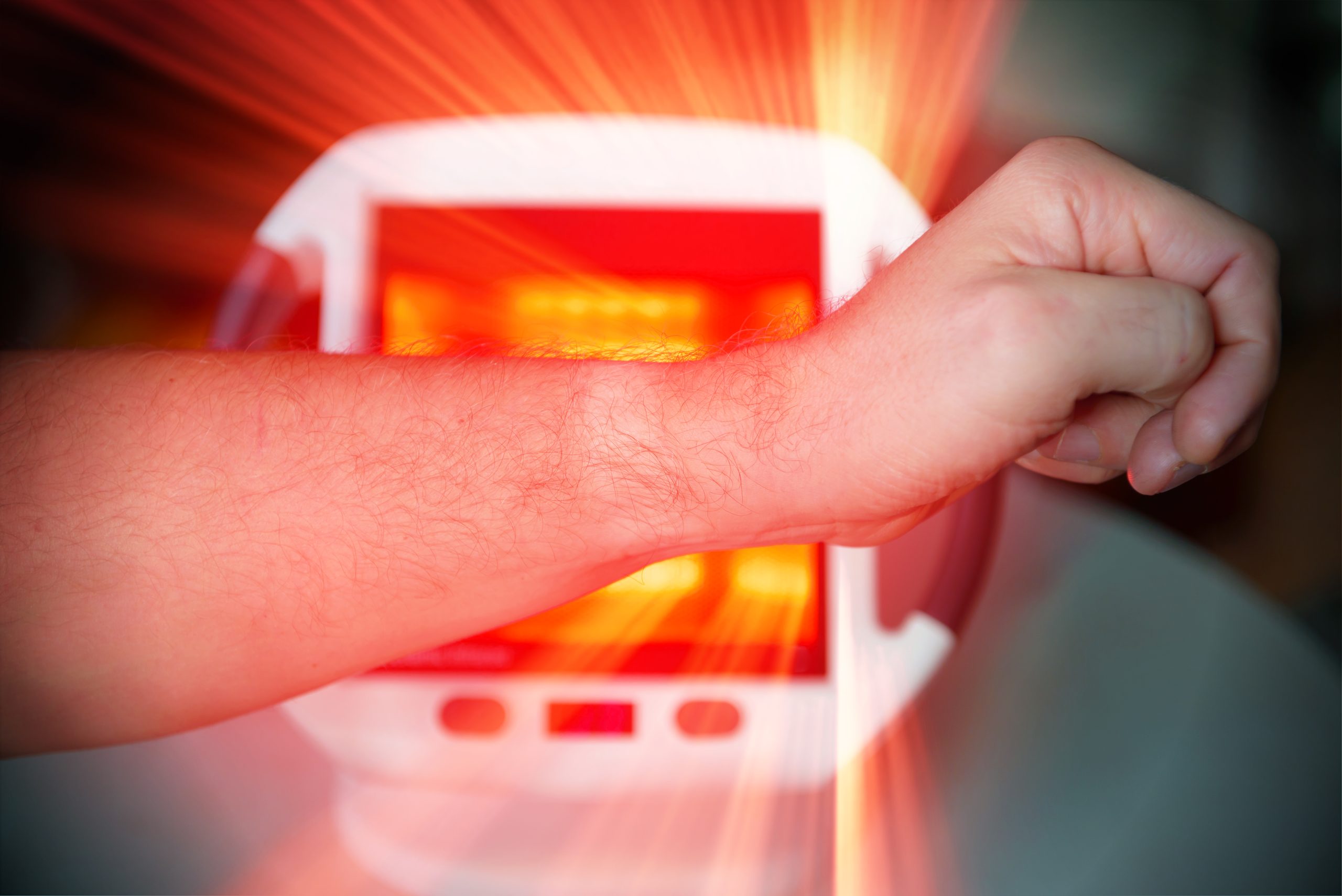
 What Are the Risks?
What Are the Risks?